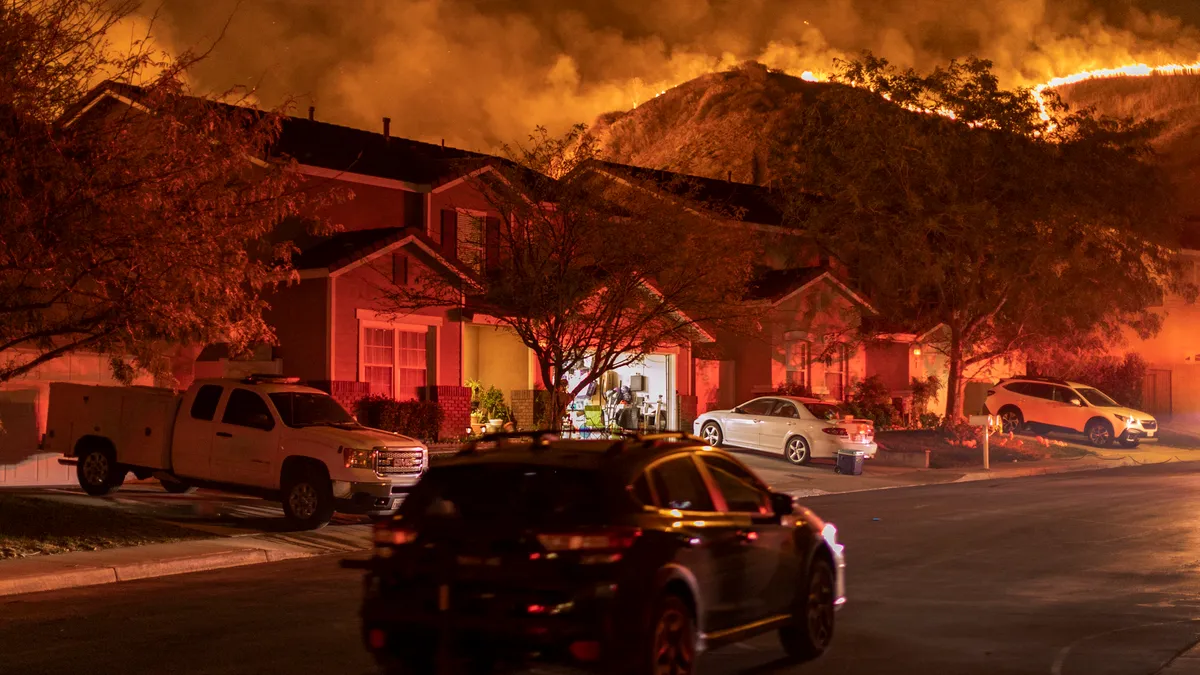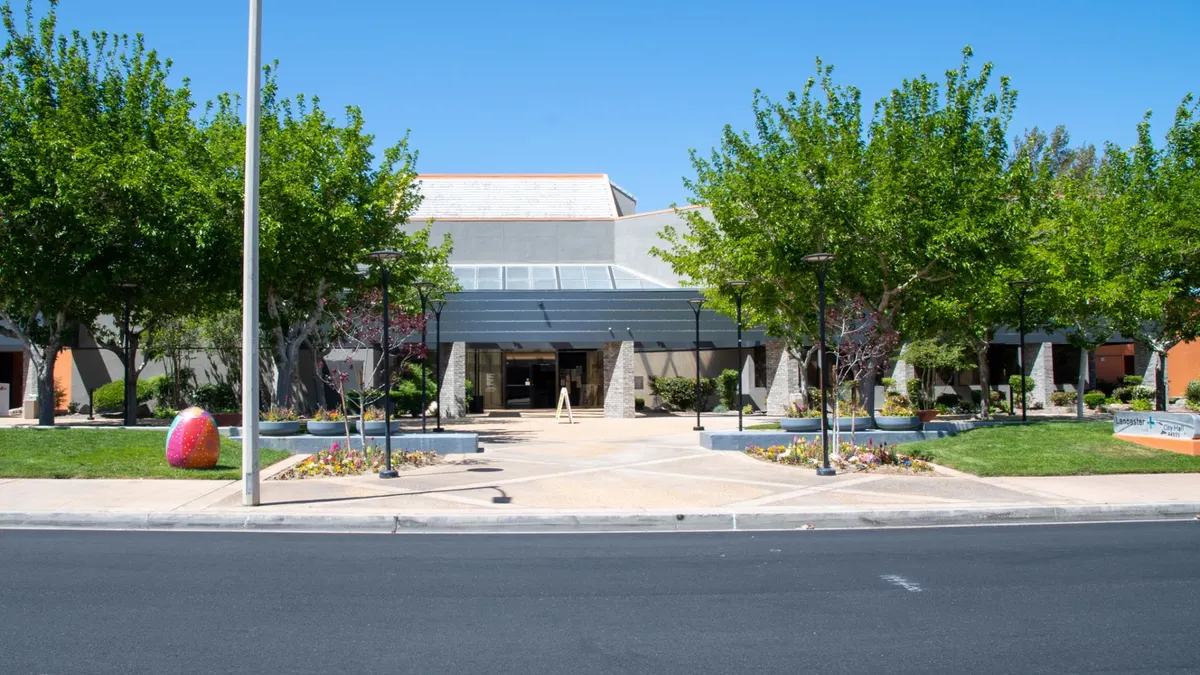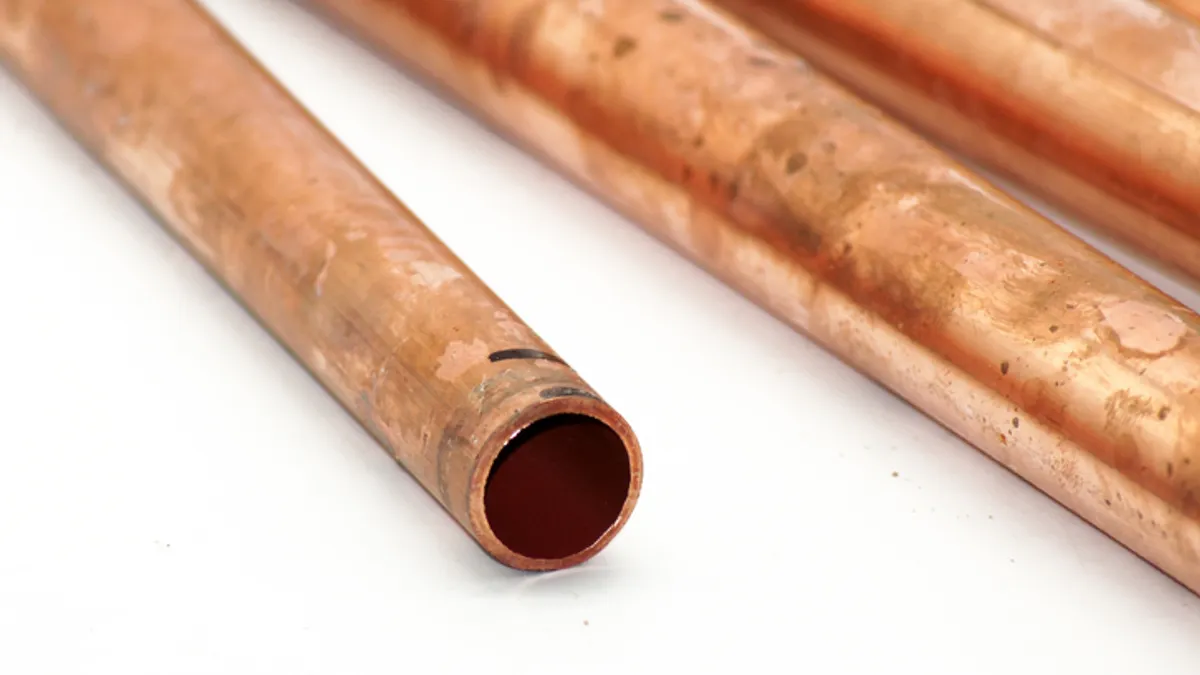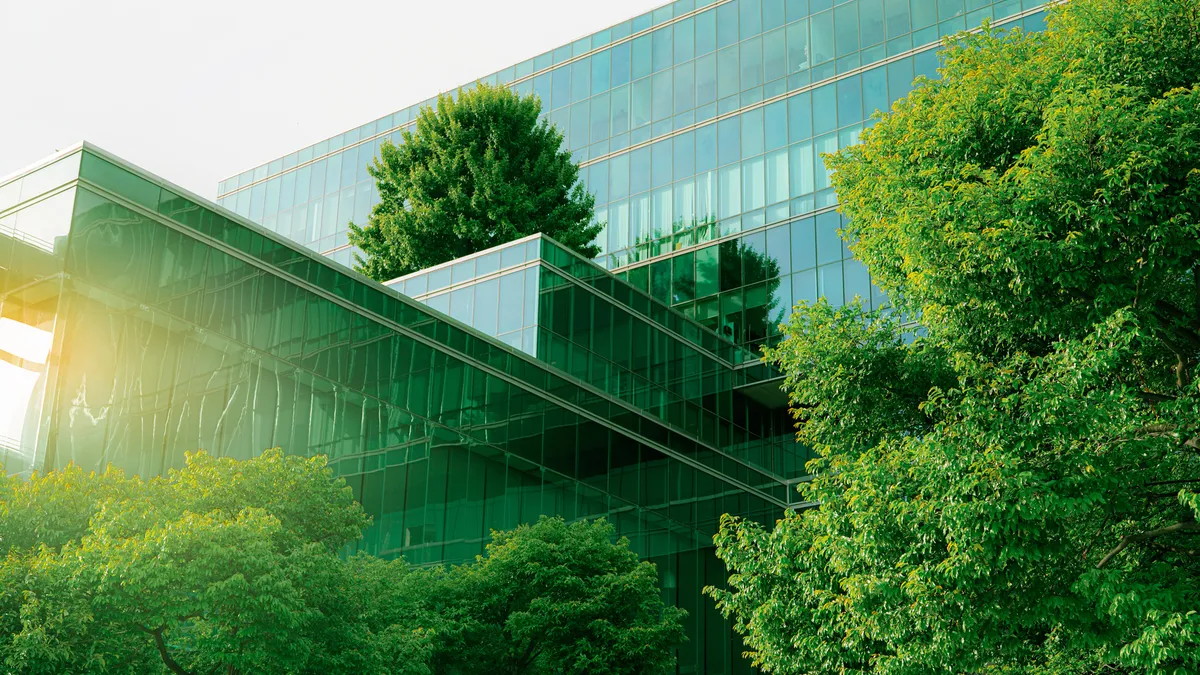In 2018, the towns of Paradise and Concow, California, experienced the state’s deadliest and most destructive wildfire to date. The Camp Fire was blamed for at least 85 deaths, the loss of 18,000 structures and damages estimated at $15 million. Both towns were largely destroyed.
As town officials surveyed the damage and looked toward the future, they found one factor correlated with homes that survived the fire: newer building codes. Homes built after the implementation of modern fire-mitigation codes fared much better than those built prior to those changes. Of the 350 homes in the former category, 51% survived, according to a 2019 analysis of fire and property records by McClatchy journalists. Of the 12,100 homes built prior to the new codes, only 18% were left standing.
The case for fire-resistant building codes is strong, and as climate change drives increasingly intense, frequent wildfires — especially in the western United States — more communities are considering them. But such codes can be unpopular with homeowners and developers alike, leaving city managers in a tough spot.
Fire-resistant building codes address not just the materials and methods of construction but surrounding “defense zones” as well. For instance, California’s fire-safe building code, known as Chapter 7A, covers roofing materials, windows, eaves, vents, decks and more. It also requires defensible space in the 100 feet surrounding a home as a buffer between a building and grass, trees, shrubs and other landscaping. When combined with home hardening, these tactics greatly increase the odds of a structure surviving a wildfire.
Like California, Colorado has experienced some of its most devastating wildfires over the past few years. The 2021 Marshall Fire near Boulder burned over 1,000 homes, for example.
That event served as something of an impetus for the Colorado state legislature to pass a law in May that will establish wildfire-resistant building codes. “We listened to the fire professionals and other experts in crafting the legislation because they know more than anyone what such codes should look like,” said Sen. Lisa Cutter, an author of the bill. She added that “we are sensitive to the costs of implementing such codes and will be flexible in terms of how communities roll them out.”
The cost is what prevented the Thompson family from rebuilding with fire-resistant materials after losing their home in the Marshall fire. “If I had an endless supply of money, for sure I would like to have the most fireproof house possible, along with a stone wall surrounding my property,” said Emily Thompson. “But we couldn’t afford the price tag of going with a custom builder because there was a huge gap between the insurance and the build cost.”
Cost is just one piece of the equation when attempting to get community buy-in for wildfire-resistant building codes, said Jim McCauley, legislative director for the League of Oregon Cities. In 2021, following a series of wildfires, Oregon passed SB 762, which established a framework for wildfire policy in the state. “We put together a task force to identify areas at risk and then used national guidelines to establish codes for fire-hardened homes with defensible zones,” McCauley said. “The reception from the public was mixed. Some private property owners felt the state was overstepping and infringing on their property rights.”
This is a common issue many states run into, especially in the West. Natalie Enclade, executive director at BuildStrong Coalition, a group of firefighters, insurers, engineers, architects and other stakeholders, said that getting buy-in for better building codes and mitigation funding is a struggle. “There are a lot of emotions tied to why people don’t want to take the steps to mitigate risk,” she said. “And if you build a perfectly defensible space in one home, and the next-door neighbor doesn’t, you are still vulnerable. So, we advocate for community-based, whole-picture defensible space.”
To get there, said Enclade, education is key. “City leaders should know their wildfire risk and give the public steps to make their homes more defensible,” she said. “We also work with emergency response teams to get volunteers out in the community to help residents who can’t move plants, for instance, or replace their grass with rocks.”
McCauley, with the League of Oregon Cities, admits that passing state-level requirements is a complicated process. Oregon is known for heavy public involvement in community issues, which helped build support, he said. So, too, did the state’s soft approach to enforcement. “We’re not fining people if they haven’t done the work,” he said. “We’re just doing our best to educate and get the resources to people.”
Until Colorado Gov. Jared Polis signed that state’s new building code legislation, it was one of only eight in the nation without minimum construction standards for homes. That lack of regulation was in part why the state lost out on $101 million in grant money from the Federal Emergency Management Agency’s resilient infrastructure funds between fiscal years 2020 and 2022. With the statewide code, Colorado will now have more federal grant money within reach. “To me, that seems like a good thing,” said Colorado Sen. Cutter. “At the end of the day, I think everyone will be grateful for the process of designing these codes.”
Enclade, with the BuildStrong Coalition, said the nation is at an inflection point with wildfires. “If you look back to Hurricane Katrina, we got a grip on [hurricane] mitigation and changed for the better,” she said. “Wildfire is a new learning opportunity, and as we pull together, we’re starting to make progress.”


















